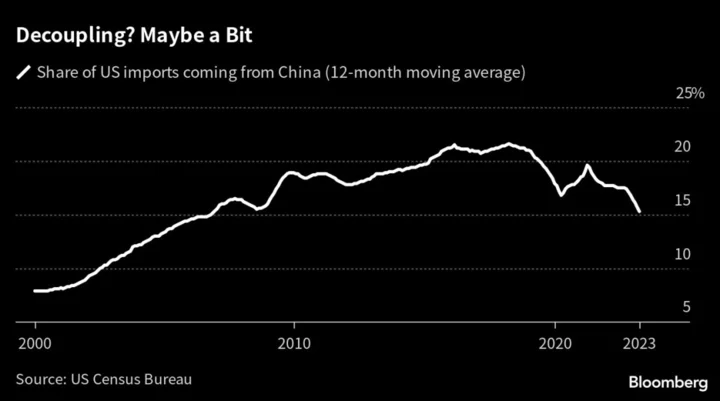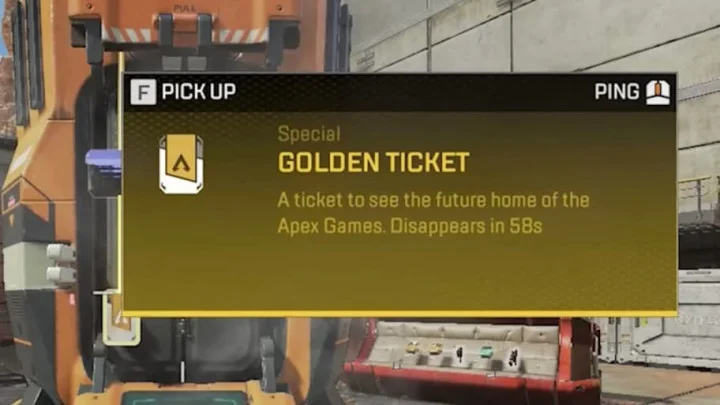Leaders of some of the world’s most advanced economies gather in the Japanese city of Hiroshima from Friday facing a clutch of collective challenges.
The global economic outlook remains bumpy, with inflationary and cost of living pressures. Russian President Vladimir Putin continues his war in Ukraine. A post-pandemic China is busily expanding its economic and strategic clout.
Here are six things that leaders of the Group of Seven — the US, Japan, Germany, France, the UK, Italy and Canada — will need to focus on during their meeting.
Listen to More: The Big Take podcast on the key issues on the table at the G-7 summit
How to Be Seen as More Than a Closed Shop
One of the biggest challenges for the G-7 is to enlist nations outside the group, especially those in what is known as the Global South (or what the G-7 calls “middle countries”) — in Africa, the Middle East, Latin America and elsewhere in Asia.
In an increasingly multipolar world, these countries may attach themselves to the bigger power in their own neighborhood, or to China, rather than the US and its allies. Japan has invited leaders from countries including Vietnam, India, Brazil and the African Union to the sidelines of the summit.
Many countries have resisted sanctions on Russia, given the pressures on their own economies, and don’t want to be drawn into broader conflicts. Some bemoan years of perceived neglect by the US or accuse it of lecturing on values and human rights when it has its own problems.
The message from the Global South is the G-7 needs to do more than just indicate it is listening. Nations are looking for clarity on debt support and other economic tangibles.
How to Squeeze a Resilient Russian Economy
The penalties on Russia for its invasion of Ukraine are unprecedented in their breadth and depth. And yet, while diminished, the Russian economy continues to hold up. Moscow is still exporting oil and gas and finding workarounds to the sanctions.
G-7 leaders will join with their European Union counterparts in Japan to look at ways to close the loopholes. They will discuss the potential for a near-total ban on exports to Russia, although that proposal faces major obstacles. Conversely there will be a unified show of support for Ukraine, which is gearing up for a counter-offensive.
How to Send a (Calibrated) Message to China
G-7 leaders are grappling with the question of how to tackle China. They risk getting tangled up in confused verbiage (the approach of “de-risking” without “decoupling” from China). But the European position does appear to be hardening, even as the US tones down some of its rhetoric, allowing them to meet in the middle.
The tricky reality is that for all the talk of diversifying supply chains, re-shoring of industry and building self-sufficiency in the tech space, G-7 countries remain intertwined with and somewhat dependent on the world’s second-largest economy. So separating things into compartments (punishing China for perceived “economic coercion” while seeking to work with it on global health and environmental issues) is incredibly complex.
How to Stop Nuclear Weapons Proliferating
The summit location of Hiroshima is a potent reminder that Japan was bombed twice with nuclear weapons by the US in the dying days of World War II. Japan has since adopted a pacifist constitution and a firm anti-nuclear stance, warning the world against complacency that nuclear weapons could never again be used in a conflict.
Now the architecture around the monitoring of nuclear arsenals is fraying, with Russia suspending its involvement in the New Start nuclear arms treaty with the US, the last accord limiting their strategic stockpiles.
Closer to Japan, Kim Jong Un continues his saber rattling over nuclear weapons. The North Korean buildup has South Korea making periodic noises about acquiring nuclear weapons of its own for protection. Japanese Prime Minister Fumio Kishida has invited his South Korean counterpart to attend the G-7 summit on the sidelines, and the two will likely visit the Korean atomic bomb victims’ memorial in Hiroshima Peace Park.
How to Minimize Sideline Issues
For the hosts, the challenge as always will be to keep the meeting from being derailed by whatever crisis de jour is burning elsewhere. This time around there are a number of things that could coincide.
US President Joe Biden comes to the G-7 chased by a debt ceiling crisis at home. It’s only a few weeks, according to Treasury Secretary Janet Yellen, until her department could run out of cash, and Biden is cutting his Asia trip short to return home straight after the summit. Biden at 80 also faces pressure to show he’s fit and ready to lead the Democrats through a grueling reelection campaign. At last year’s G-7 in Germany he skipped parts of the official program, a decision that raised eyebrows.
The leaders of France and Italy come to Hiroshima after a period of tussling between their governments. Sniping between Rome and Paris is not new, and on major global issues they are largely on the same page. But we’re in a downswing after France’s interior minister recently branded Italian Prime Minister Giorgia Meloni’s team a “far-right government” that’s “incapable of fixing Italy’s migration problems.” It’ll be interesting to see if Meloni meets with French President Emmanuel Macron in Hiroshima to paper over the cracks.
Turkey — a key NATO member and a growing middle power in the Middle East — is facing a runoff election on May 28 with President Recep Tayyip Erdogan faring better in the first round than predicted. G-7 leaders will watch the campaign stretch closely given the outcome matters for issues surrounding Russia, the Ukraine grain deal and Middle East dynamics as a whole.
The meeting coincides with a gathering of the Arab League leadership, where Syrian President Bashar Al-Assad may turn up following his reinstatement more than a decade after his crackdown on opponents started during the Arab Spring uprisings. It’d be a symbolic moment — for all the years of criticism by the US and others for his brutality in Syria (then-president Barack Obama once demanded Assad “must go”), the Syrian leader is very much back at the table.
How to Deal With New (and Ongoing) Challenges
The leaders will no doubt discuss some other pressing matters. They include the rise of AI plus the regulation of crypto. And as large parts of the world battle rising temperatures and deadly heat waves, the G-7 will need to talk about coordinated responses to what is increasingly a global threat with enormous health, fiscal, economic and security ramifications.
Listen to more on our recent Twitter Space about the global challenges posted by heat waves









